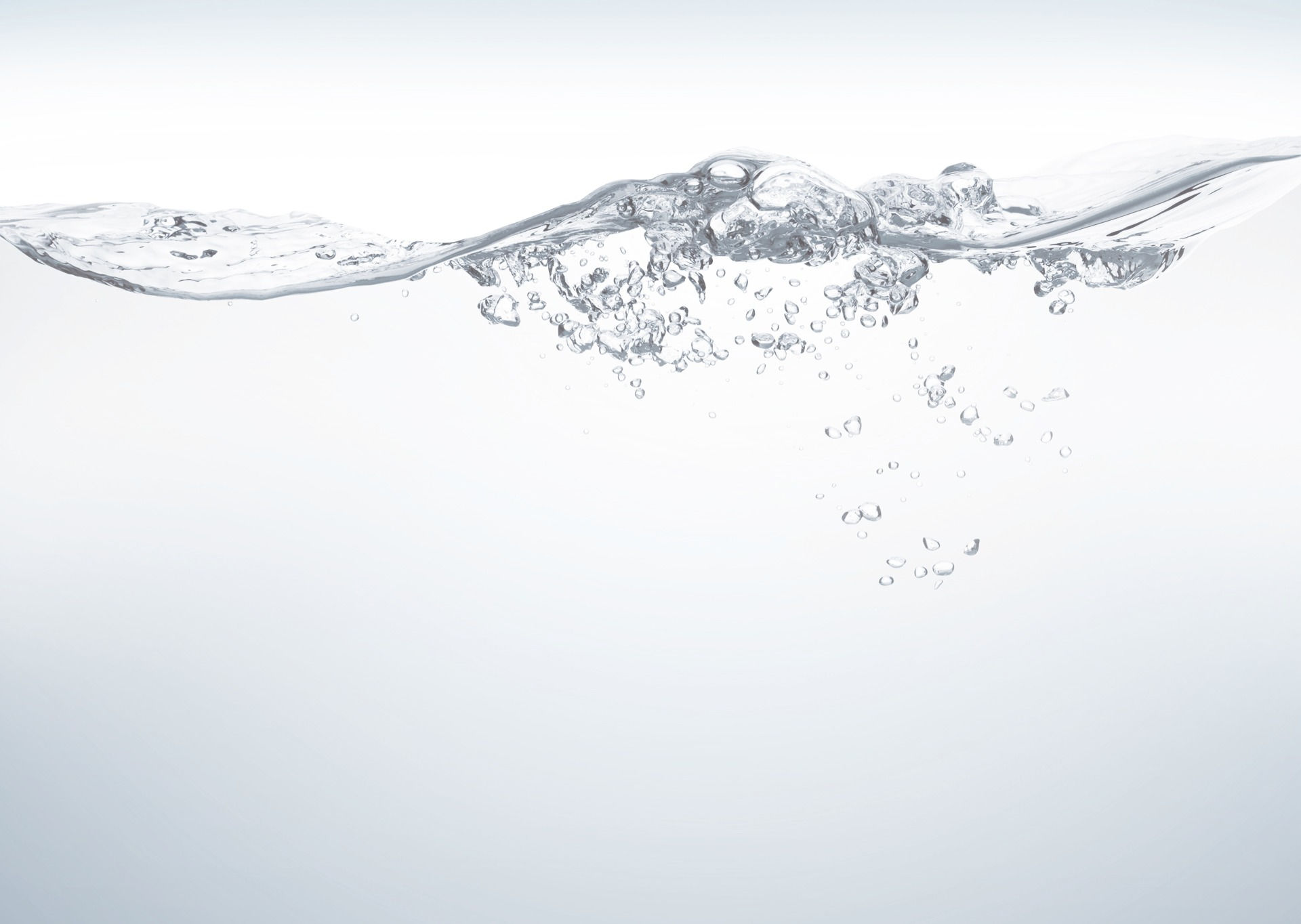
Challenges
As one of Scotland’s largest energy consumers (576 GWh grid electricity usage per annum) analyzing and profiling SW assets highlighted WWTW as being a major energy consumer within the network of the organization. This falls in line with overall global trends regarding national electricity consumption of Water Utilities accounting for 1% to 5% of overall electricity demand.
As such the integration of renewable energy generating technologies on WWTW and water treatment works (WTW) to mitigate and reduce electricity consumption is common practice now. An example of the scale of current integration and progress towards reducing the carbon footprint of a water utilities network can be viewed and understood through the Scottish Water Net zero emissions route map. However, matching periods of high energy consumption and renewable onsite generation is reliant on weather conditions being optimal at specific periods of the day. This is obviously not possible and creates a challenge for water networks in regards to what they do with the renewable energy generated onsite. Optimized usage of the renewable energy generated onsite is paramount to the efficient running of WWTW. As such, the ability to modulate energy consumption is critical when investigating the further deployment of renewable generating technologies on a commercial basis to ensure financial feasibility.
One option is to sell this energy back to the grid, however this option only becomes commercially interesting when governments run incentives such as feed in tariffs at favorable rates. The other issue is the current energy infrastructure which is still trying to develop its capabilities regarding increased renewable integration. Such issues are highlighted when large offshore wind farm developments struggle to obtain connections to the energy grid. This makes the second option of deploying energy storage currently the most cost effective solution within the UK market.
This fall in line with our analysis of data for a wastewater treatment site which showed that 21% of renewable energy generated was being sold back to the grid at an unfavorable rate. The 21% sold to the grid is the potential for energy storage. This highlighted the need for energy storage rather than additional renewable generating capacity during our research.
As such, we decided to look into current commercial market options that would provide the best fit for asset sites associated with water utilities networks.
